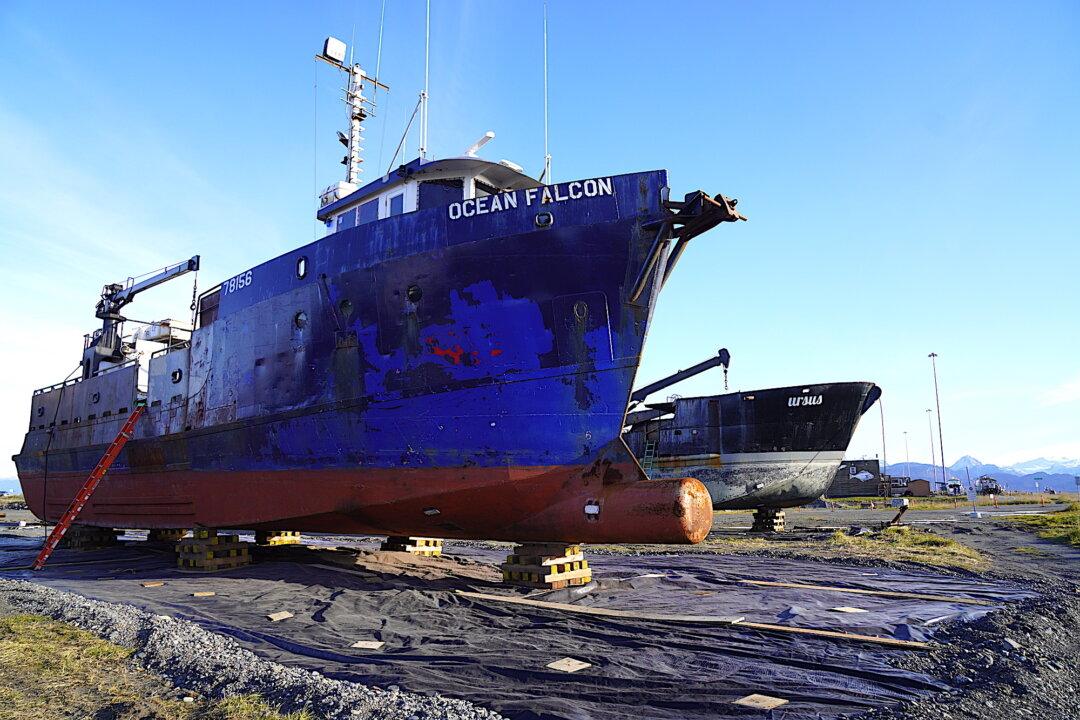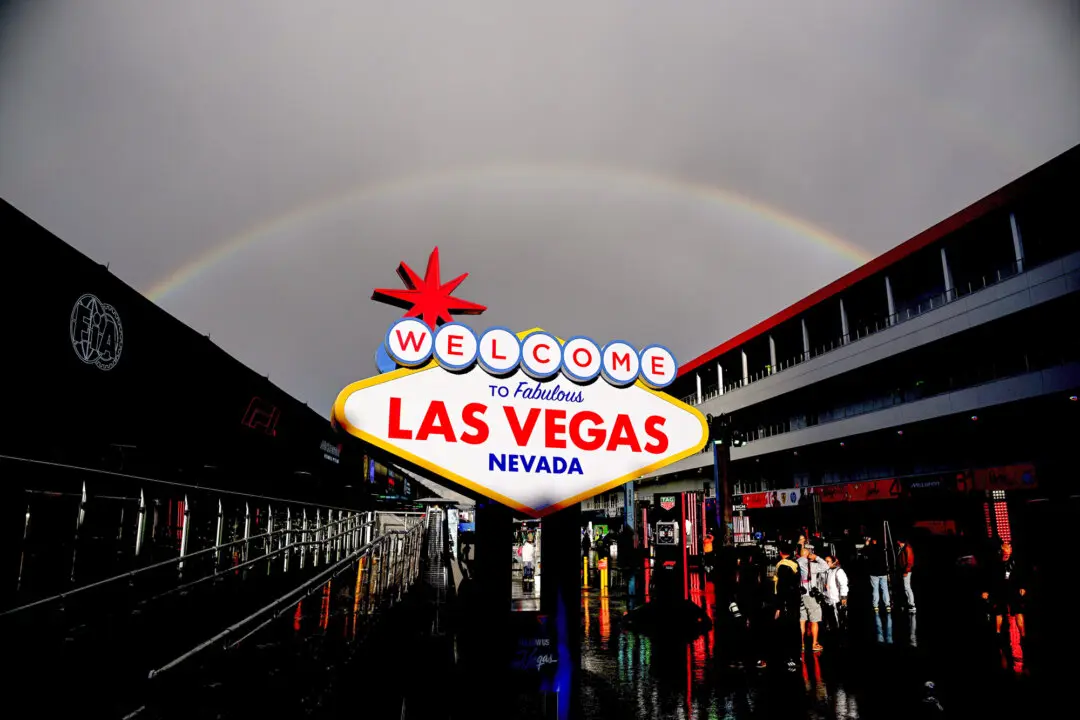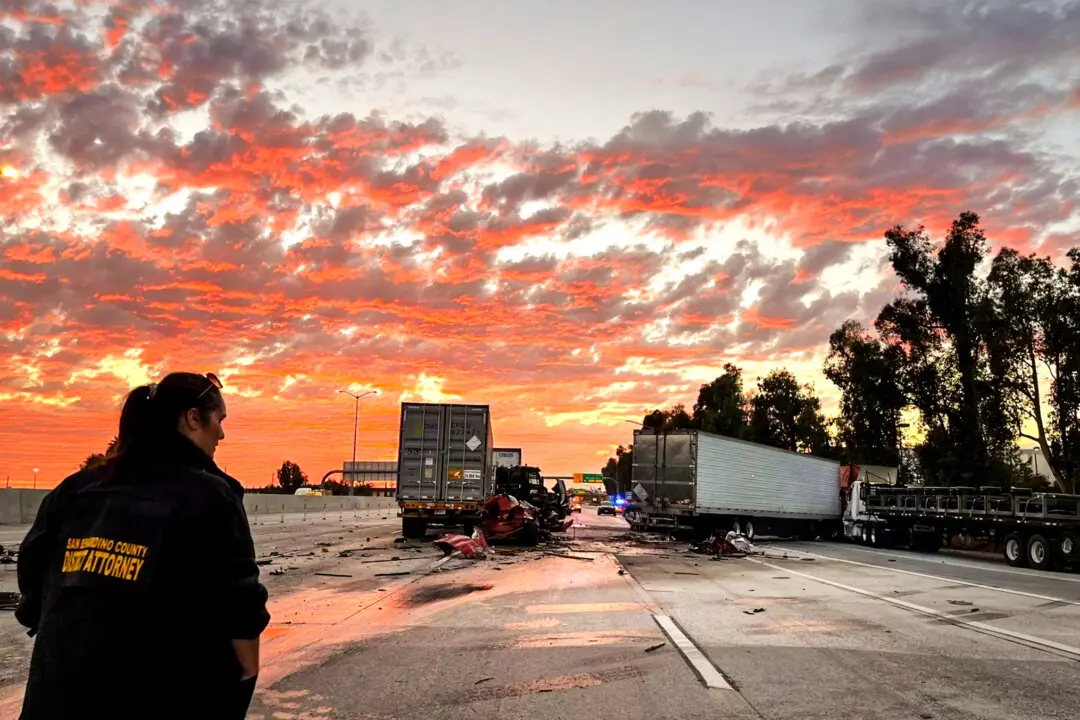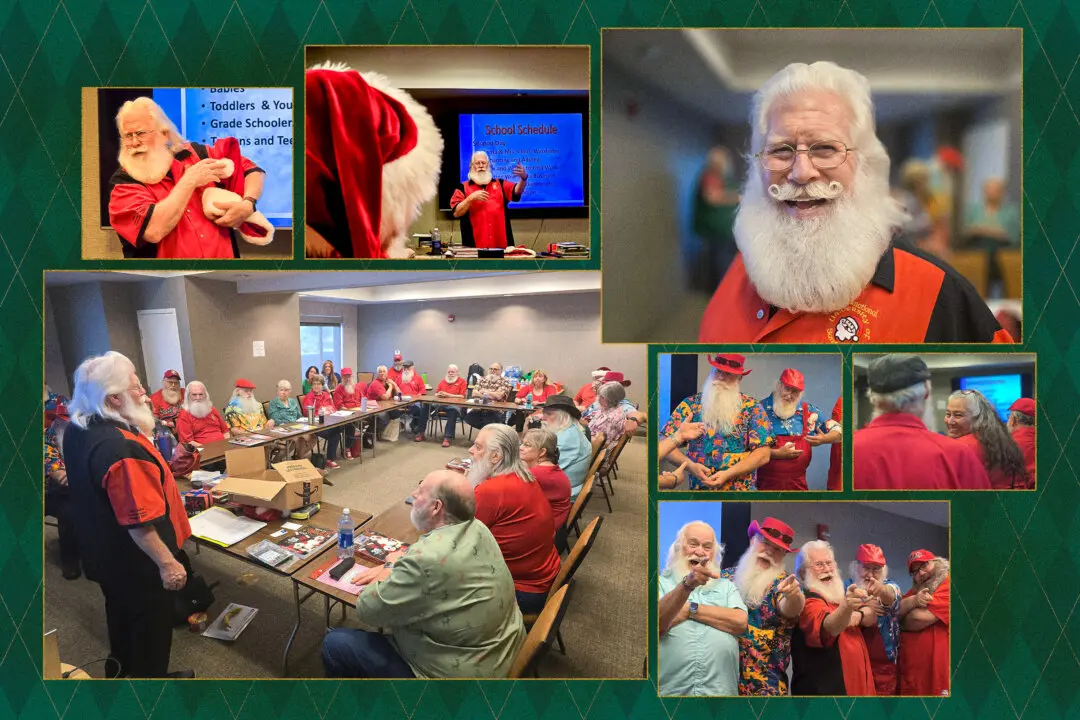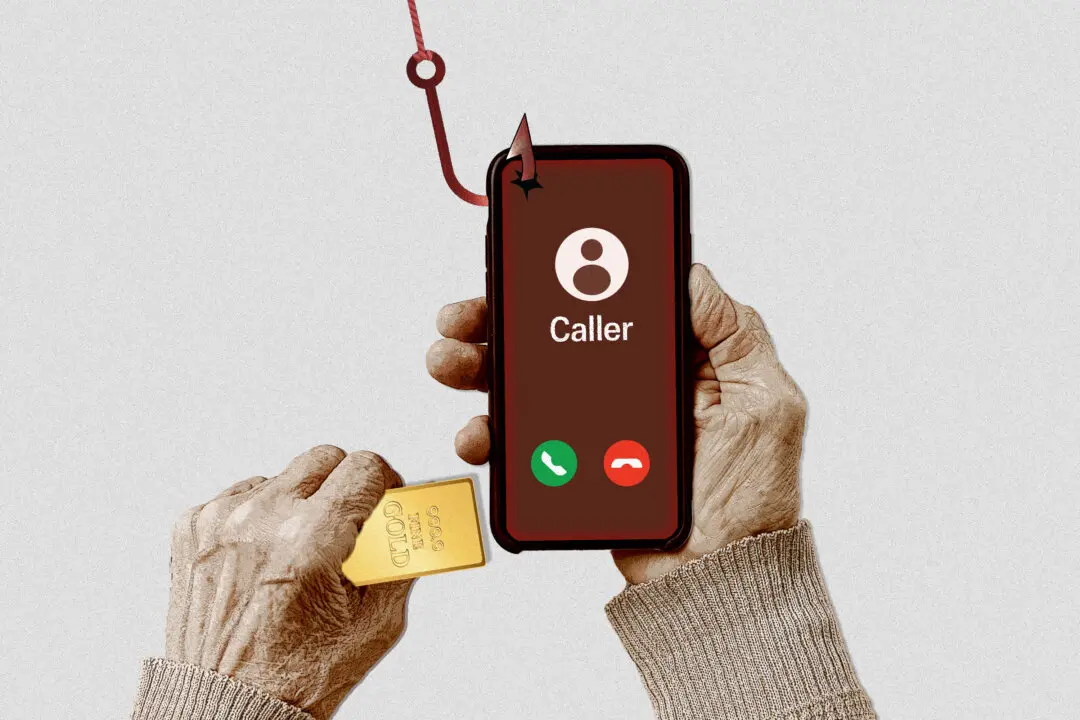HOMER, Alaska—The dawn sky appeared in shades of gray over the port city of Homer on Alaska’s Kenai Peninsula as a cold wind blew across Kachemak Bay.
Snow-capped mountains stood tall and vast beyond the narrow geographical land bridge called Homer Spit—beyond the weathered tapestry of seasonal tourist shops, restaurants, boatyards, and fishing vessels moored in the harbor near the land’s end.
